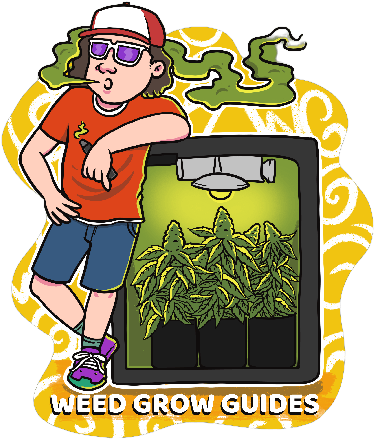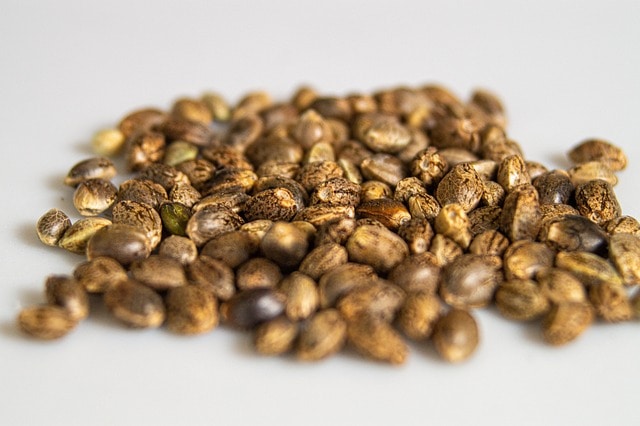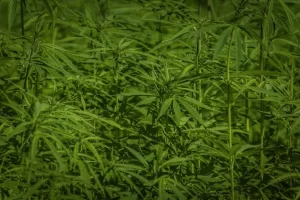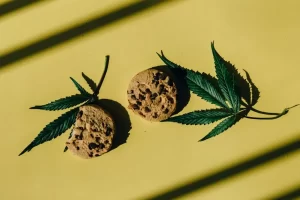One of the ingredients in the cannabis plant, sometimes known as marijuana, is CBD. The well-known cannabinoid tetrahydrocannabinol (THC) produces the psychoactive effects associated with getting “high,” while CBD doesn’t. The endocannabinoid system, which regulates numerous bodily functions including hunger, pain, and memory, is affected by both CBD and THC.

Advocates for CBD assert that the substance is a secure, natural substitute for opioids that has no long-term health risks or potential for addiction. Is that so? Let’s examine what is currently known. Since it became legal to manufacture and market CBD-containing products in the US in 2018, cannabidiol, sometimes known as CBD, has experienced tremendous growth in popularity.
What Exactly Is CBD?
CBD is one of numerous cannabinoids present in the cannabis plant. Two prominent examples of cannabinoids are (THC) and cannabidiol (CBD) found in plants. THC is the active ingredient in cannabis that causes the “high” sensation felt by certain users. A person won’t get high from CBD on its alone, which is a separate cannabinoid.
Pain Relief with CBD
Painkillers made with CBD have been given the go-ahead in the United States. The only CBD medication authorized by the Food and Drug Administration is Epidiolex, which is intended to treat uncommon kinds of epilepsy (FDA).

In the meanwhile, CBD has received approval from various nations to treat certain ailments. For example, the United Kingdom and Canada both authorized it for the pain associated with cancer. According to an ongoing study, different amounts of CBD oil for pain may help treat medical disorders including fibromyalgia and arthritis. While CBD by itself may not be able to cure all types of pain, when combined with THC or conventional pharmaceuticals, it can be helpful.
If you want to learn how to grow your own CBD or THC make sure to look for various seeds from Seedsman (use code: 20AS-885602 to save an extra 10% off your order) and read my guides on growing organic and natural CBD or marijuana with THC.
CBD Treatment for Chronic Pain.
Every type of pain that lasts for more than a few months is considered chronic pain. Numerous chronic illnesses have been shown in studies to benefit from the use of CBD, sometimes in conjunction with THC, as a painkiller.
Sativex, a spray containing an equal mixture of CBD and THC, had notable efficacy in clinical studies as an analgesic for pain associated with cancer. The spray is now undergoing trials to be licensed and used in the United States and is also used to treat pain associated with multiple sclerosis. It is approved in Canada to treat cancer pain.

According to 2019 research, Sativex is an “effective and well-tolerated add-on medication” for those with severe chronic pain caused by a variety of illnesses. The study distinguished between three different forms of pain: nociceptive pain, which affects bodily tissue, neuropathic pain, which affects nerves, and mixed pain. Sativex assisted in treating all three types, although it excelled in treating neuropathic pain. In previous research, though with much smaller sample size, CBD was also proven to be beneficial in reducing chronic pain for ailments like multiple sclerosis and spinal cord damage.
How Do You Take CBD?
You can utilize one of the various products that include CBD oil, or you can consume CBD oil by itself. These include oral medications such as tablets and chewable gels, as well as edibles like chocolate bars and “tinctures” that are vaporized and breathed in. These items’ CBD content and quality might vary greatly.

CBD is available in several forms:
- Oils
- Gummy
- Oral tablets or capsules
- Salves
- Creams, and balm
CBD gummies and pills are meant to be used orally. Conversely, topical CBD products are only meant to be used externally. These products can be applied to particular body parts, such as hurting joints or sore muscles.
Compared to other forms, CBD oils and tinctures are more adaptable, and they often come in colored glass vials with a dropper. A few drops of CBD oil can be added to food or drinks, or people can place a few drops under their tongue, holding the oil there for up to a minute before swallowing.
Does CBD Make You High?
CBD doesn’t accomplish that; THC, another component of marijuana, does. If you utilize a CBD product, be sure that’s the only cannabinoid indicated on the package. Some businesses provide product information online that includes component amounts in places where marijuana is legal. Be careful if you need to avoid it for a drug check since even though goods may say they don’t contain THC, the business is not strictly controlled.
Does CBD Have Side Effects?
CBD doesn’t appear to create any severe effects. There have been reports of fatigue, diarrhea, and appetite disturbances when it is used to treat epilepsy or psychotic conditions. But CBD can alter how other prescriptions work, so make sure to let your doctor know about all of your supplements and vitamins, as well as any other medications you may be taking.
Conclusion
Cannabidiol (CBD) is a naturally occurring substance present in both hemp and marijuana plants. There is some evidence that it might aid in the treatment of pain, seizures, and a few other medical conditions. CBD was also proven to be beneficial in reducing chronic pain for ailments like multiple sclerosis and spinal cord damage. CBD doesn’t appear to create any severe side effects. CBD doesn’t make you high. Make sure to look at our other posts full of useful and basic information on CBD, weed, marijuana, cannabis whatever you want to call it, and everything you need to consume it.
Check out WeedGrowGuides Consume Cannabis
Or WeedGrowGuides Basic Info for more great articles!












